The Ministry of Agriculture and Rural Development sent a document to the People's Committees of 11 provinces on preventing locusts from harming bamboo and agricultural crops on an infected area of 1,031 hectares.
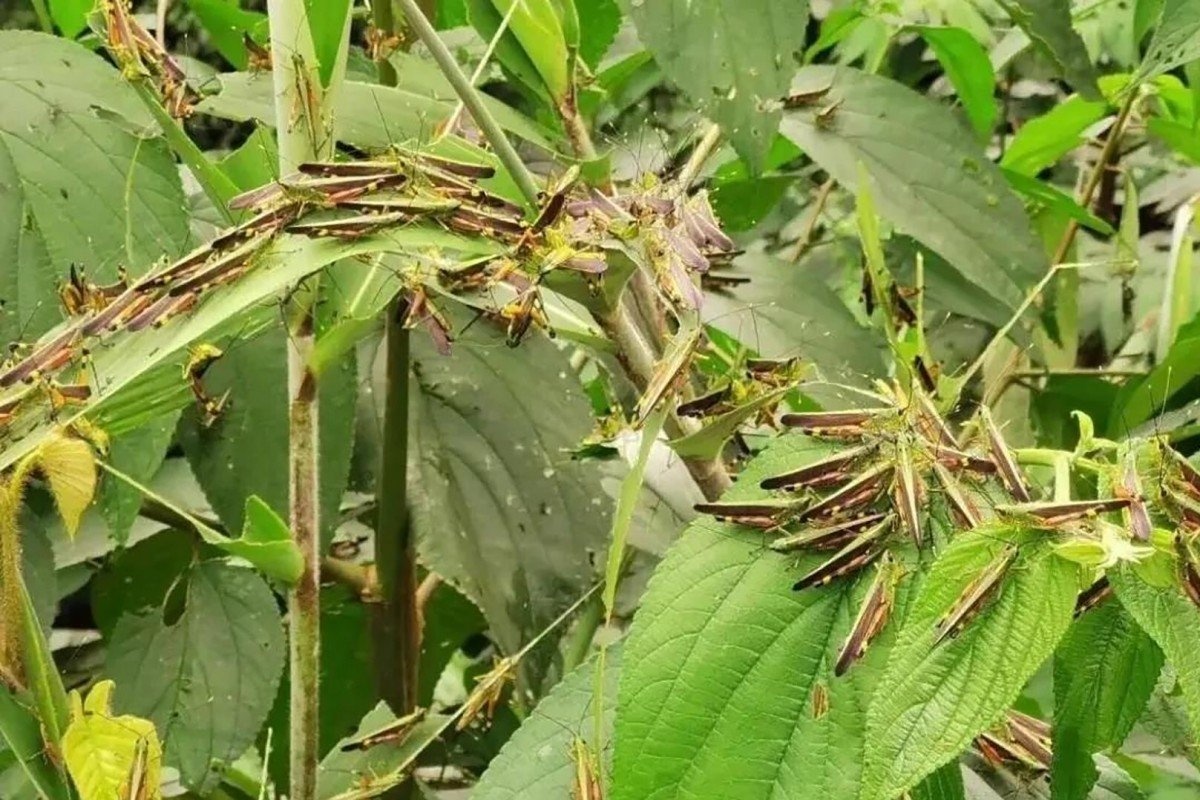 |
| Currently, bamboo locusts have emerged and caused damage in 11/16 provinces in the Northern Midlands and Mountains. |
On June 13, the Ministry of Agriculture and Rural Development sent a document to the People's Committees of the provinces of Cao Bang, Bac Kan, Son La, Dien Bien, Lang Son, Phu Tho, Hoa Binh, Tuyen Quang, Quang Ninh, Thanh Hoa and Nghe An on preventing locusts from harming bamboo and agricultural crops.
The yellow-backed bamboo locust and several other species of bamboo-damaging locusts (collectively called bamboo locusts) belong to the group of swarming locusts. When mature, they can gather into large swarms and migrate to find food sources and places to lay eggs.
In recent years, the yellow-backed bamboo locust has emerged and caused quite serious damage to both agricultural and forestry crops in China, Laos and Vietnam. This is a pest that can move quickly, has great destructive power and is difficult to control.
The yellow-backed bamboo locust has been causing damage in our country since 2008. They have appeared and caused local damage in mountainous districts of the provinces of Quang Ngai, Nghe An, Thanh Hoa, Son La, Dien Bien, Phu Tho, Bac Kan and Cao Bang; mainly causing damage to forestry trees such as bamboo, reed, rattan, etc.
From 2016 to 2018, bamboo locusts broke out and damaged an area of nearly 4,000 hectares each year on forestry crops and some agricultural crops (upland rice, corn, tobacco, bananas, cassia, ...); from 2019 to 2023, bamboo locusts emerged on a smaller scale than in previous years.
Since the beginning of 2024, the average temperature in the midland and mountainous areas of the North has been 1-2 degrees Celsius higher than the average of many years, with many days of light rain and drizzle. At the same time, the hot weather appeared early and was very harsh, which was very favorable for bamboo locusts to arise and cause damage early from mid-April 2024.
Currently, bamboo locusts have emerged and caused damage in 11/16 provinces of the Northern Midlands and Mountains including Cao Bang, Bac Kan, Dien Bien, Lang Son, Son La, Dien Bien, Tuyen Quang, Hoa Binh, Phu Tho, Thanh Hoa, Nghe An with an infected area of 1,031 hectares (of which Cao Bang is infected with 773 hectares, Bac Kan 63 hectares, Nghe An 50 hectares, Lang Son 38.5 hectares, Phu Tho 38.2 hectares, Tuyen Quang 21 hectares, Thanh Hoa 20 hectares, Son La 10 hectares, Hoa Binh 7 hectares and Dien Bien 0.5 hectares).
Currently, most young locusts do not have wings, so prevention will be easy and effective. In the next 10-20 days, young locusts will turn into adults with wings and fly in swarms, moving quickly, making it difficult to prevent and potentially causing serious damage to many crops if not detected early and controlled promptly.
To proactively prevent and minimize damage caused by bamboo locusts in the coming time, the Ministry of Agriculture and Rural Development requests the People's Committees of provinces to direct the Department of Agriculture and Rural Development, localities and specialized agencies and units to investigate and detect early locust nests in the area and organize spraying while the locusts are still young.
At the same time, closely monitor the situation of bamboo locusts (time of emergence, scope of damage, direction of movement, locust clustering points, etc.) to proactively organize prevention and control, to prevent widespread outbreaks.
Localities, especially districts and communes where bamboo locusts frequently appear, need to proactively develop plans, budget estimates, and prepare adequate conditions for materials and human resources to be ready for bamboo locust control.
Local authorities disseminate information and instruct forest owners and people to check for the presence of bamboo locusts and proactively implement timely and effective measures to handle locusts, avoiding widespread spraying of chemicals that waste chemicals and affect the ecological environment.
Border guards in border areas coordinate with the Department of Agriculture and Rural Development and People's Committees of districts in exchanging information about the situation of bamboo locusts in border areas.
The Ministry of Agriculture and Rural Development directed the Plant Protection Department to urge inspection, supervision, investigation, detection and prevention of bamboo locusts in provinces and cities.
The Department of Crop Production, the Department of Forestry and the Department of Forestry coordinate with the Department of Plant Protection and localities to inspect and supervise the investigation, detection and prevention of bamboo locusts in provinces and cities; support localities in the investigation, detection, forecasting and guidance on bamboo locust prevention.
Source: https://thoibaonganhang.vn/chau-chau-tre-hai-cay-nong-nghiep-tai-11-tinh-152629.html


![[Photo] Looking back at the impressive moments of the Vietnamese rescue team in Myanmar](https://vstatic.vietnam.vn/vietnam/resource/IMAGE/2025/4/11/5623ca902a934e19b604c718265249d0)


![[Photo] "Beauties" participate in the parade rehearsal at Bien Hoa airport](https://vstatic.vietnam.vn/vietnam/resource/IMAGE/2025/4/11/155502af3384431e918de0e2e585d13a)





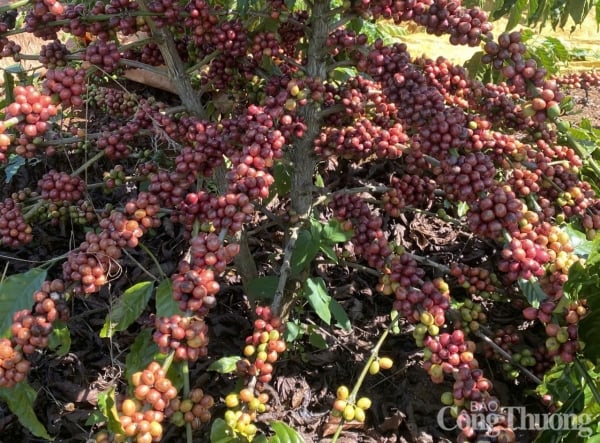

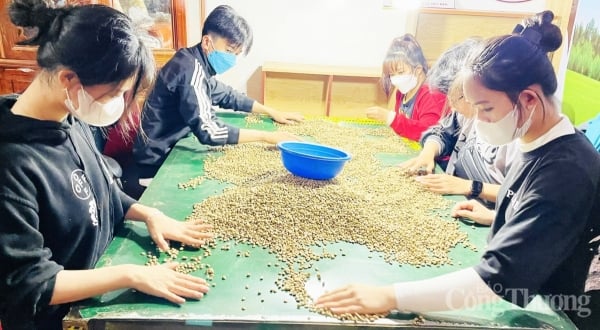
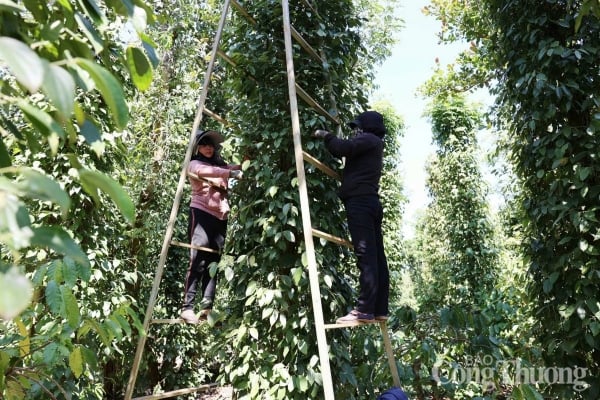
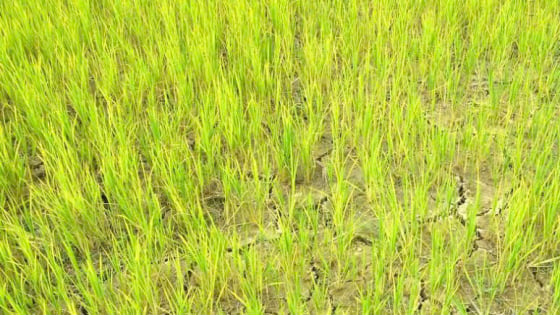


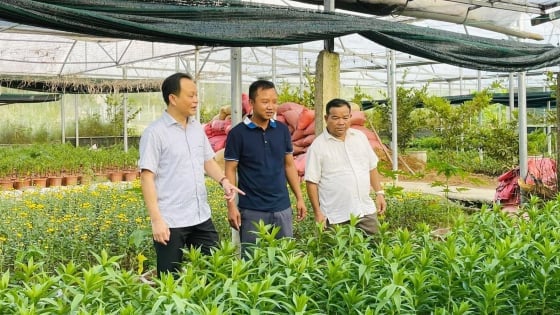
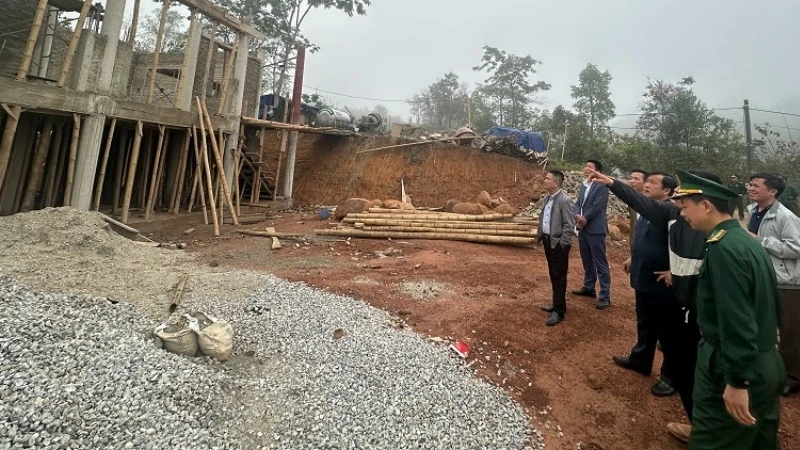









![[Photo] Summary of parade practice in preparation for the April 30th celebration](https://vstatic.vietnam.vn/vietnam/resource/IMAGE/2025/4/11/78cfee0f2cc045b387ff1a4362b5950f)












































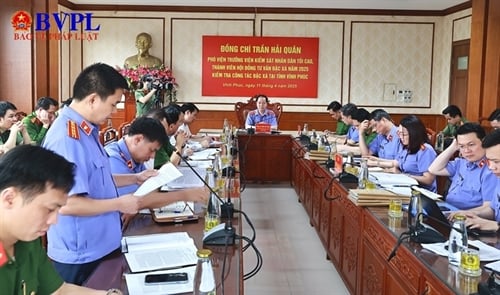




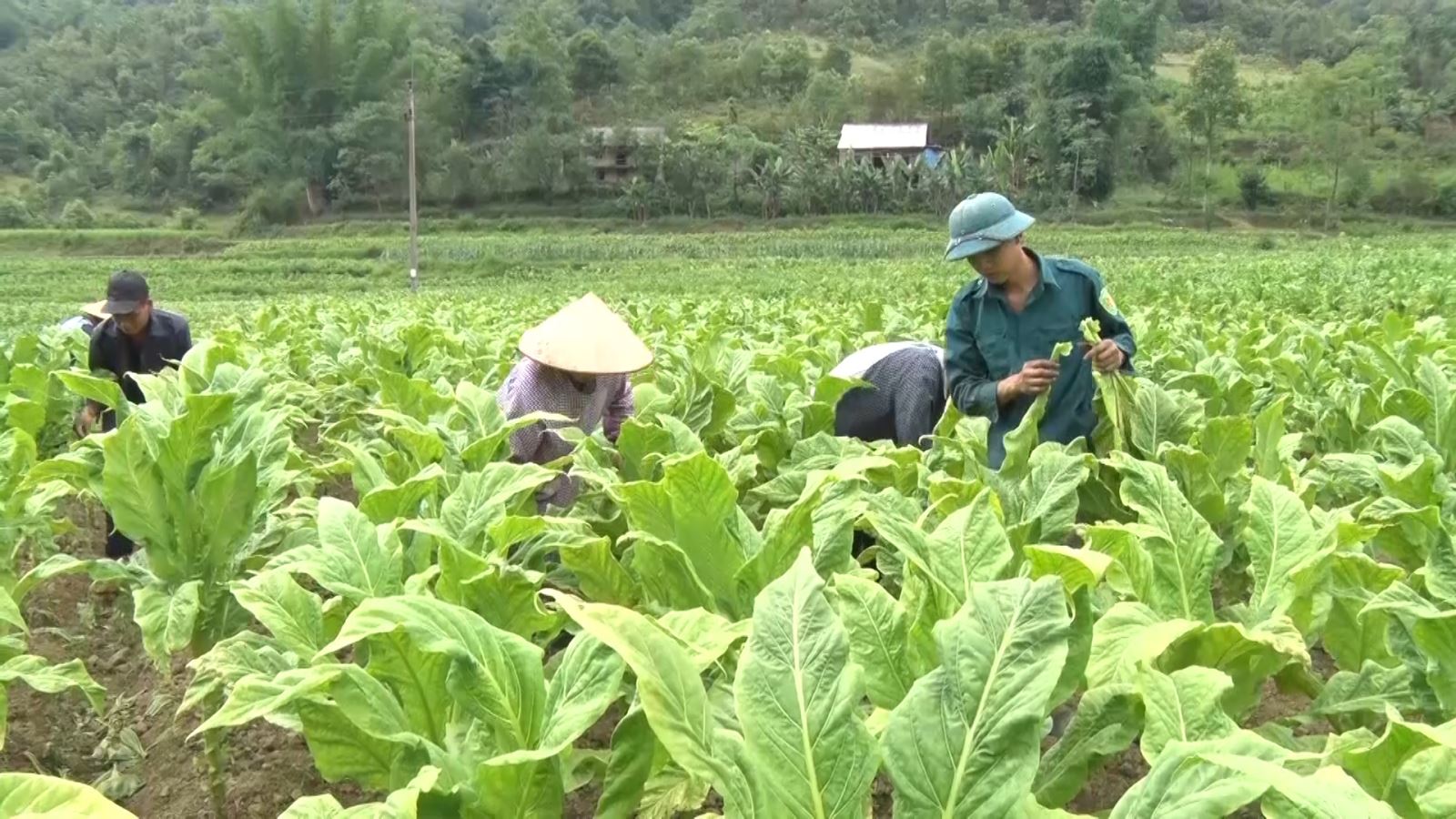











Comment (0)